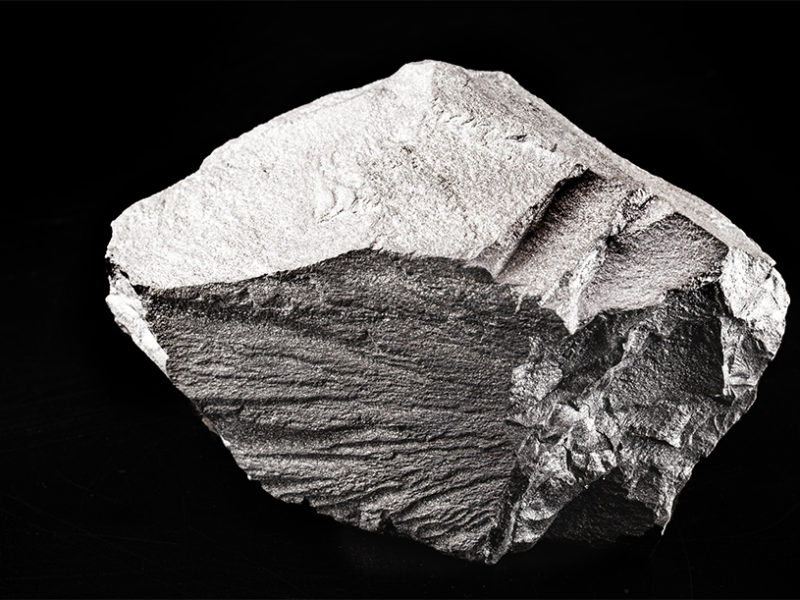In a trending theory article, Dennis Mangan proposes several reasons why iron may be a key driver of aging.
Aging-US Research

The mechanisms and pathways involved in the health and aging benefits conveyed by green tea were investigated in C. elegans.

Researchers adopted 103 retired sled dogs for a longitudinal study on canine aging that may one day be used to increase human healthspan and longevity.
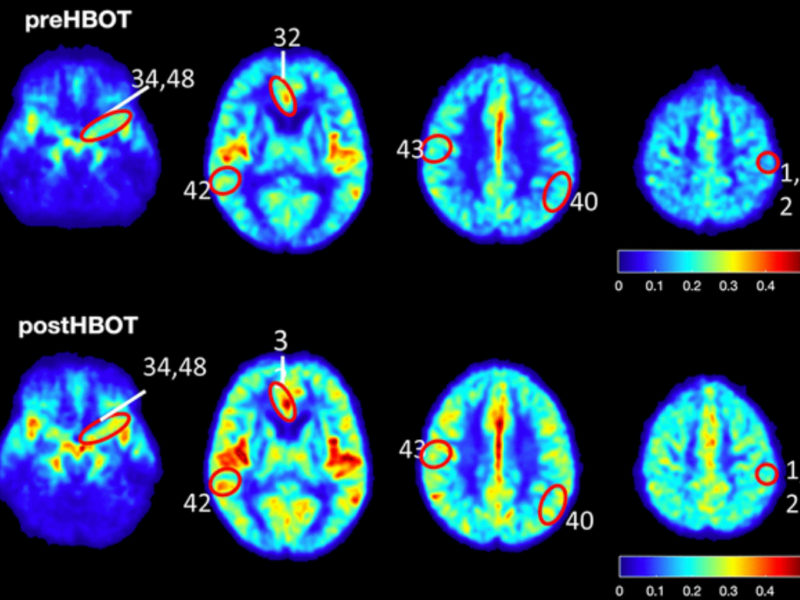
A new research study on hyperbaric oxygen therapy (HBOT) delivered novel insights on the underlying mechanisms of HBOT and its cognitive benefits in patients with Alzheimer’s disease.
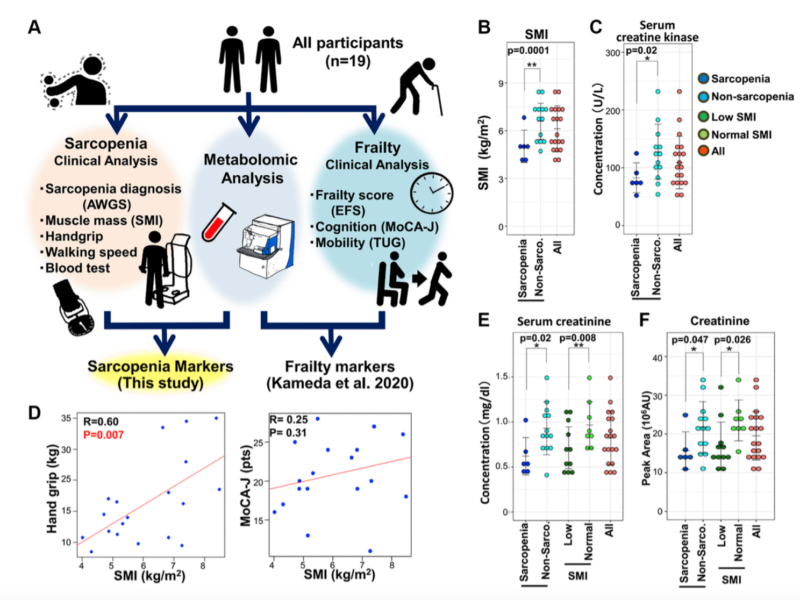
Sarcopenic patients share clinical features with frailty, but just how similar are they? Researchers used metabolomic analysis to assess the metabolic profiles of sarcopenia in relation to frailty.

Data may hold the key to cracking COVID-19. Researchers parsed through clinical data from around the world to glean new insights about this virus’ patterns.
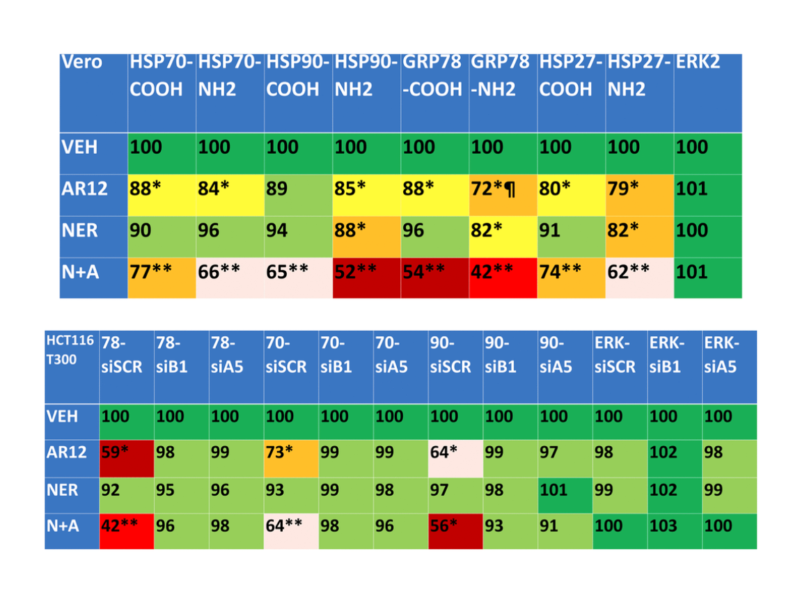
Researchers tested antiviral, anticancer, and immunosuppressive drug combinations that may aid in treating neurodegenerative disorders, including Alzheimer’s disease.
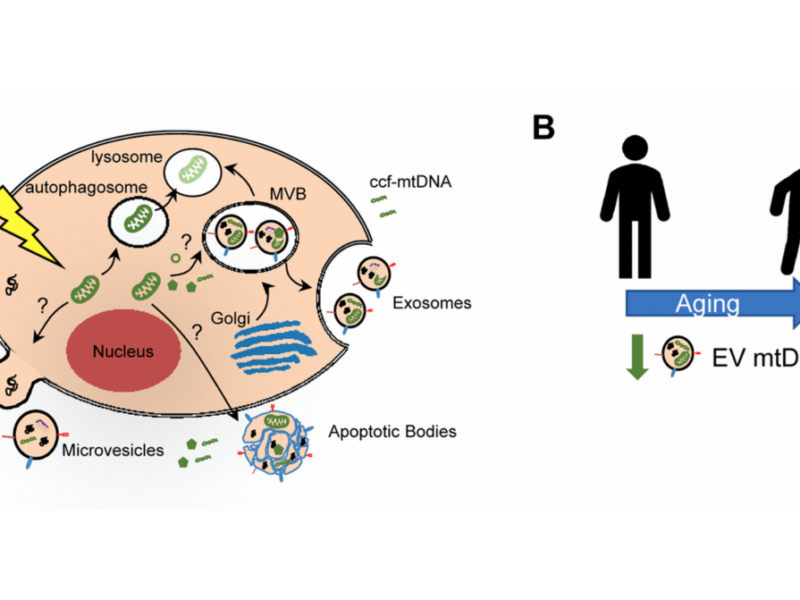
Authors from the National Institute on Aging wrote the editorial paper, “Mitochondria as extracellular vesicle cargo in aging.”

Researchers from the Campisi Lab discovered new insights while investigating Cdkn1a transcript variants 1 and 2.
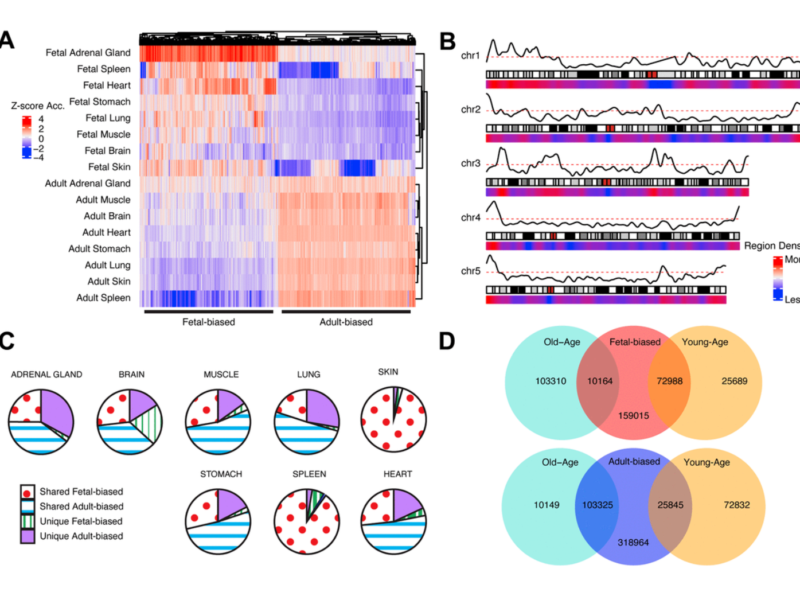
Researchers from Harvard University and the Broad Institute wrote a theory article, published by Aging in 2021, and entitled, “Shifting epigenetic contexts influence regulatory variation and disease risk.”

